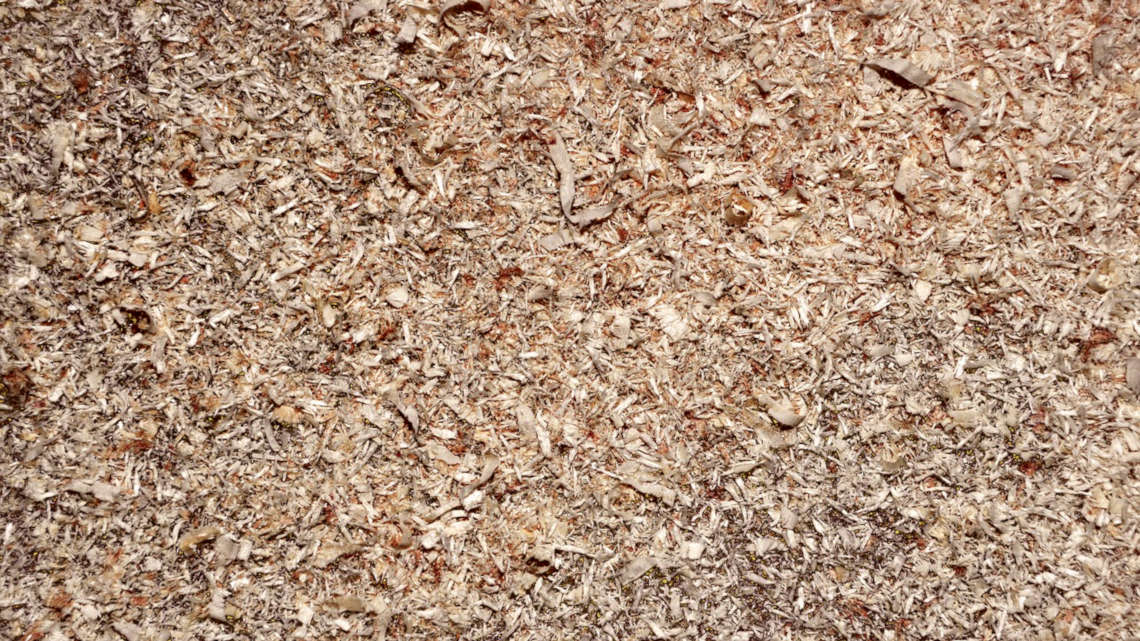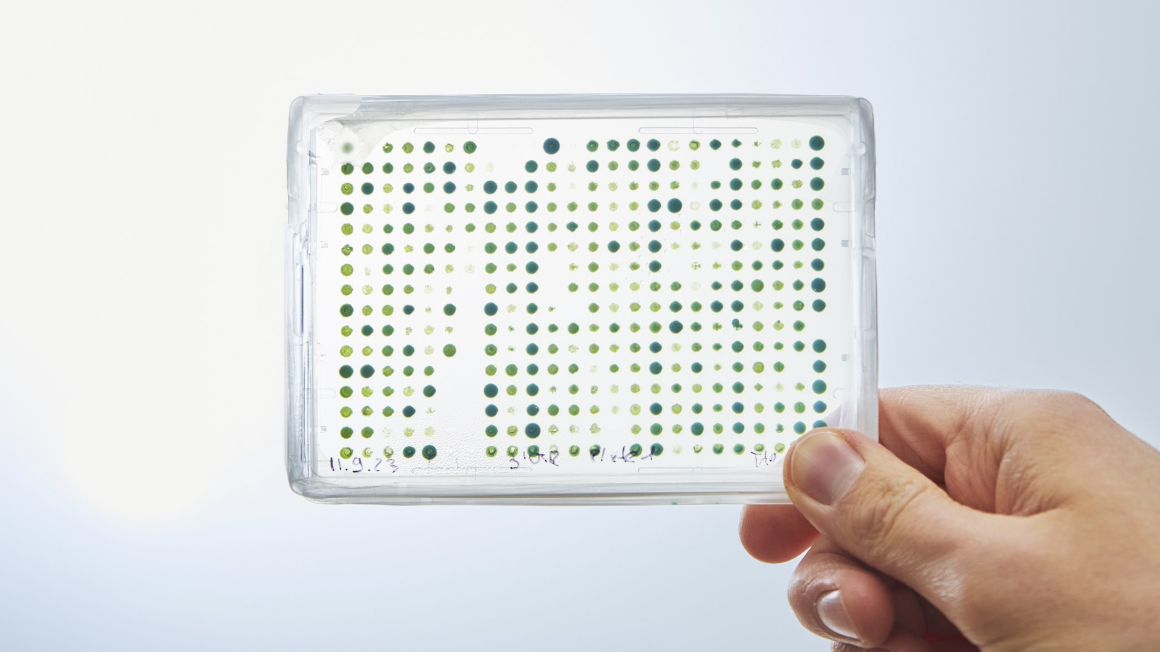Omnivores for plant residues
Researchers are developing an enzymatic process to make fivefold sugar available to produce biofuels.

Plant residues are ideal raw materials for biobased alternatives to products of the petroleum industry: They do not compete with the cultivation of food and animal feed and promise additional added value to the plant products already produced. In practice, there is often a difficulty: the microorganisms used in biotechnology usually cope with only one of the two varieties of sugars, which are found in vegetable residues.
The challenge of fivefold sugar
Hexoses and pentoses - sixfold and fivefold sugars - form the basis for biofuels. Without suitable enzymes, microbes cannot convert these raw materials, and most of the microorganisms used today only have enzymes to metabolize hexoses. Even if the microorganisms are genetically modified in such a way that they also produce the enzymes required for pentoses, one problem remains: the enzymes produce intermediate products that ultimately paralyse the unicellular organism or impede further reaction steps.
Parameters for the Weimberg-Way
In a project funded by the Federal Ministry of Education and Research, biochemists from the University of Duisburg-Essen have now investigated the metabolic pathway for the use of xylose, a fivefold sugar. In order to produce biofuel via xylose on the so-called Weimberg pathway, bacteria require five specific enzymes for the reaction sequence. The researchers used computers to develop a model of how this entire reaction sequence can be successfully carried out in a bacterium without causing the aforementioned problems. At the end of the study, information was available for each reaction step: what quantity of the respective enzyme is required, which cofactors the reaction requires and how long the required incubation time should ideally be.
First enzyme already in industrial use
In parallel to the development of the model, the biochemists verified and further optimised the individual steps in practice. The industrial partner Sigma-Aldrich has already transferred one of the enzymes with the corresponding "instructions for use" into commercial production.The researchers have also published their findings in the scientific journal "Nature Communications". They make their model available to other scientists via open source platforms, as project manager Bettina Siebers emphasizes: "Fair data management is important to us".


